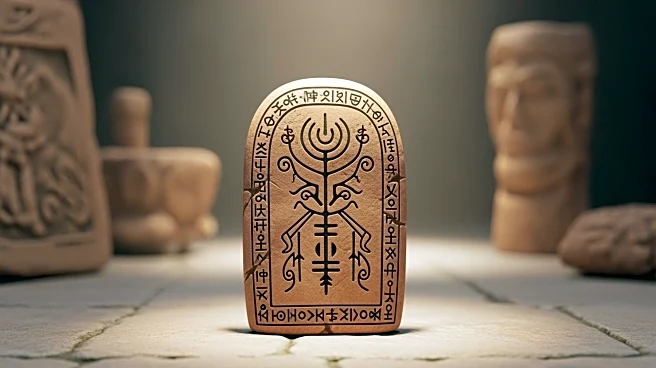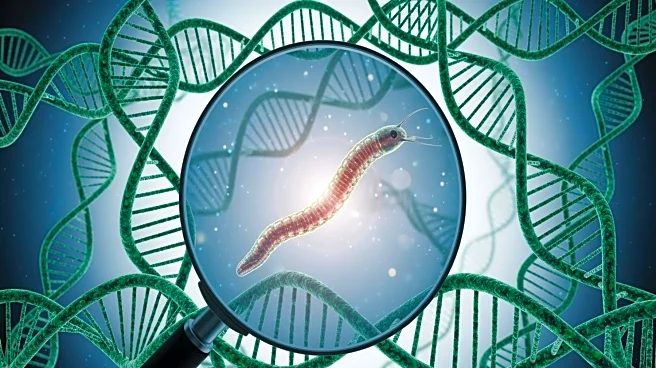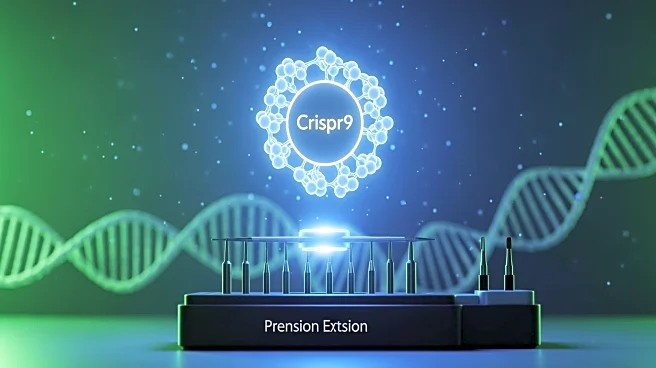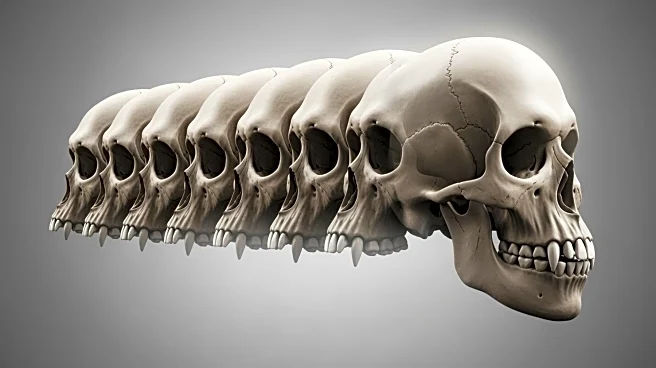What's Happening?
A recent study has identified a novel ancestral component in the Koraga tribe, which speaks a Dravidian language. This component, termed 'Proto-Dravidian' ancestry, is believed to have emerged around 4400 years ago, coinciding with the dawn of the Indus
Valley civilization. The research suggests that this ancestry is distinct from previously identified sources and may have originated between the Iranian plateau and the Indus valley. The study highlights a correlation between linguistic and genetic lineages in Dravidian language communities, supporting the Elamo-Dravidian theory and providing insights into the genetic history of the Indian subcontinent.
Why It's Important?
The discovery of a distinct ancestral component in Dravidian language speakers offers new insights into the genetic and cultural history of the Indian subcontinent. It challenges existing theories about the origins and migrations of ancient populations, potentially reshaping our understanding of the region's historical development. The findings may influence future research in genetics, anthropology, and linguistics, as scholars seek to unravel the complex interactions between language, culture, and ancestry. This study also underscores the importance of integrating genetic data with linguistic and archaeological evidence to construct a comprehensive picture of human history.














